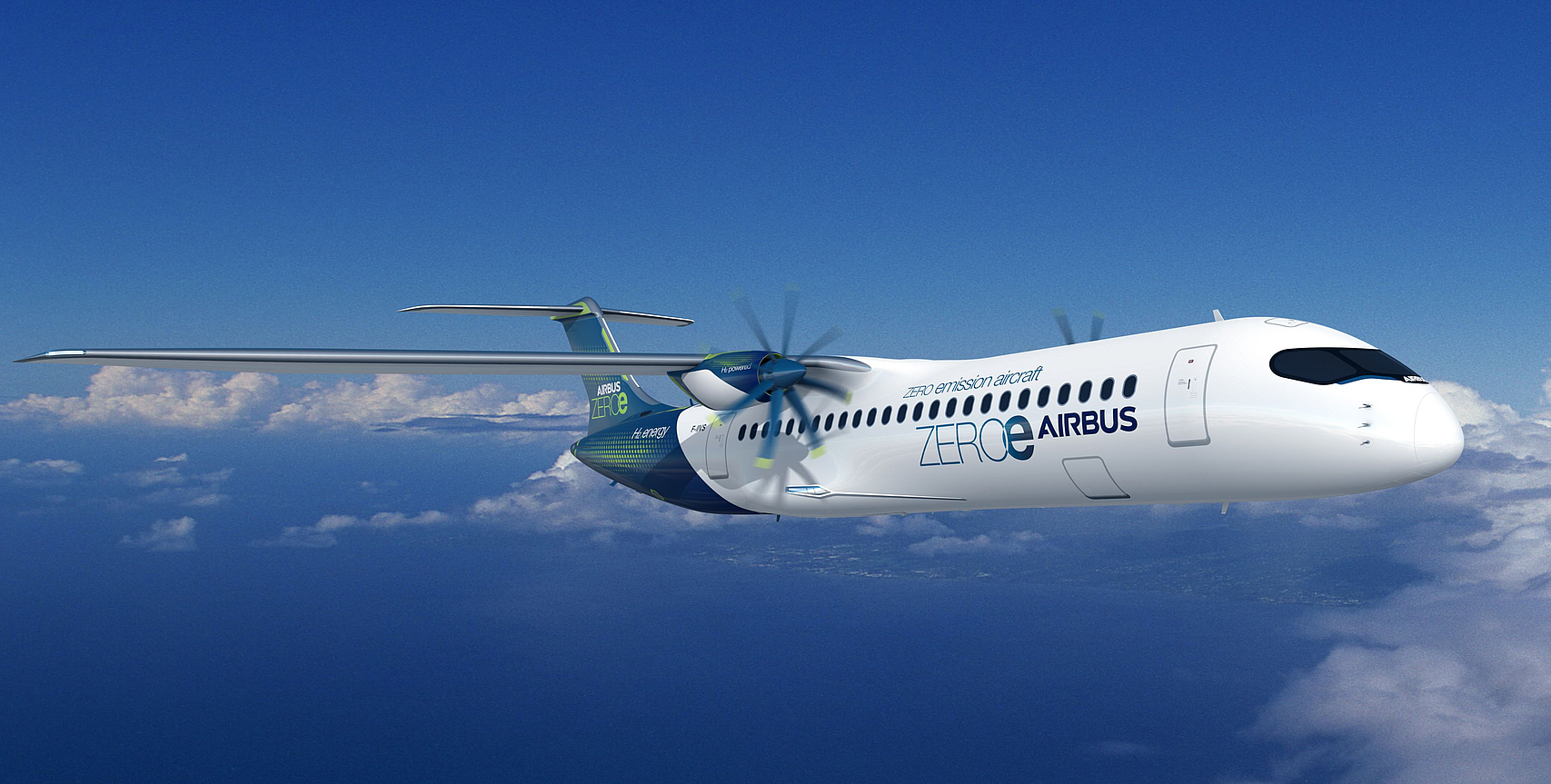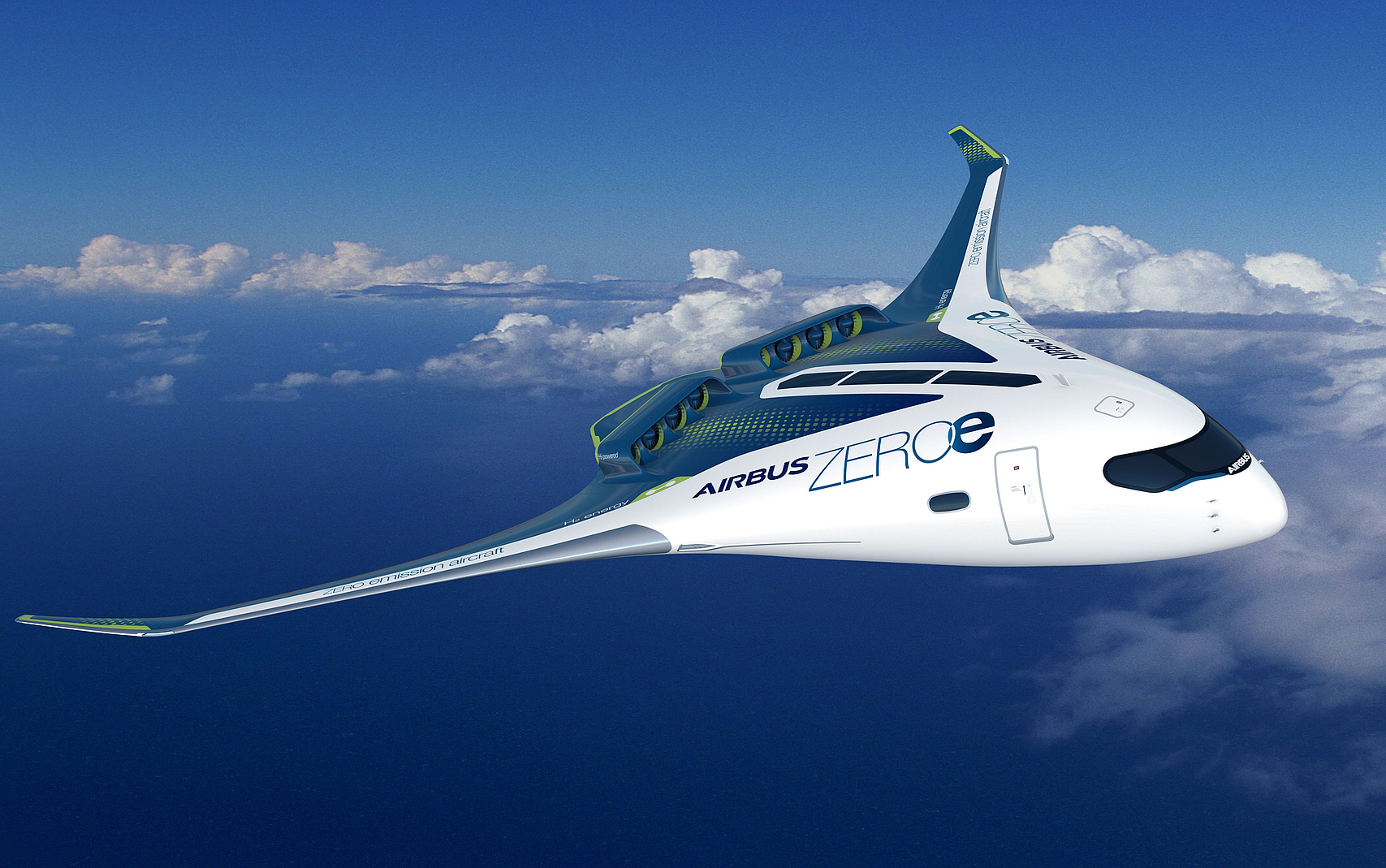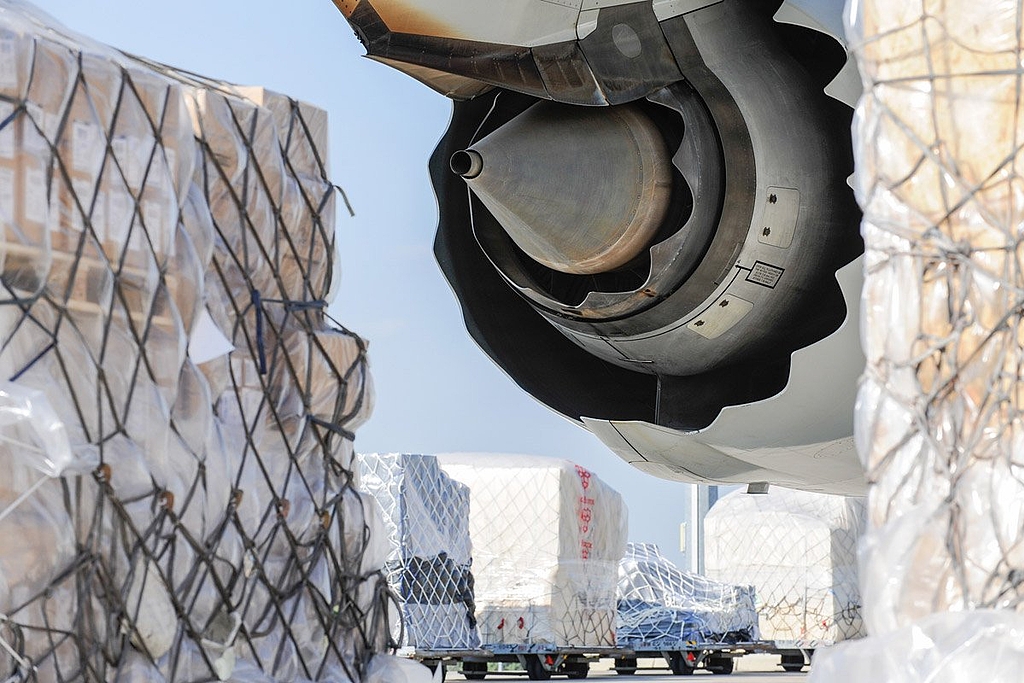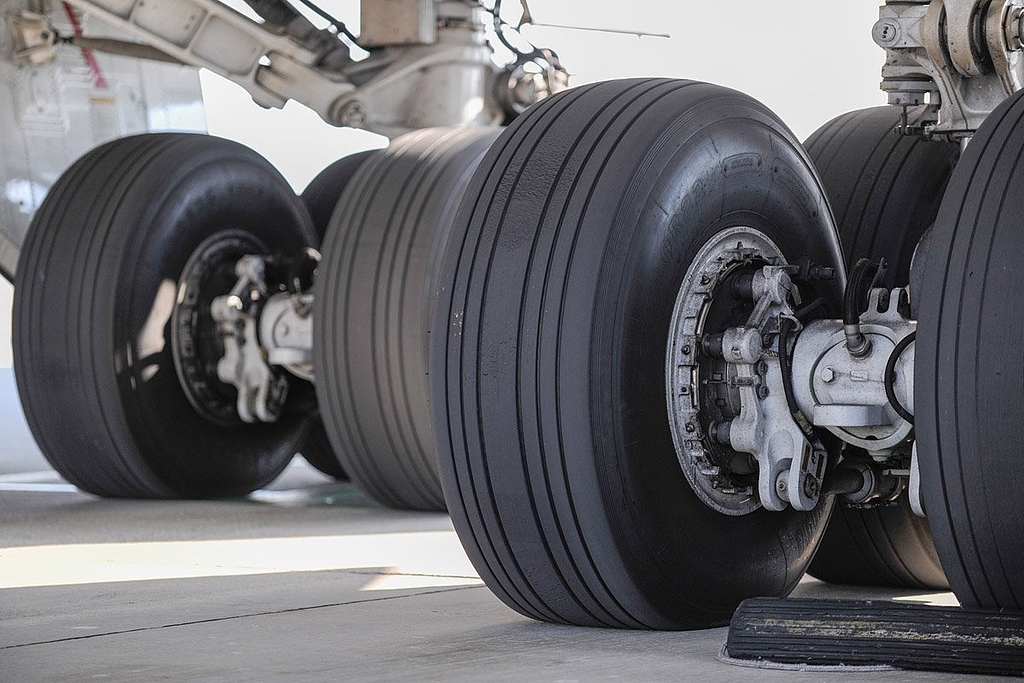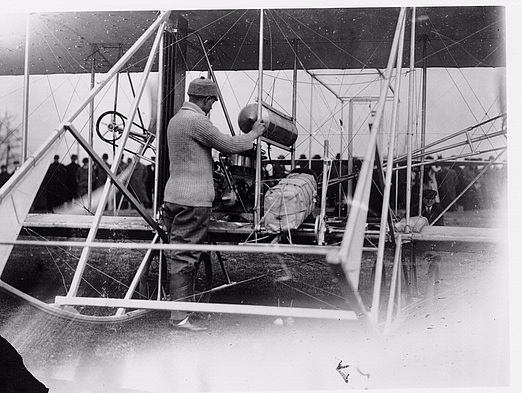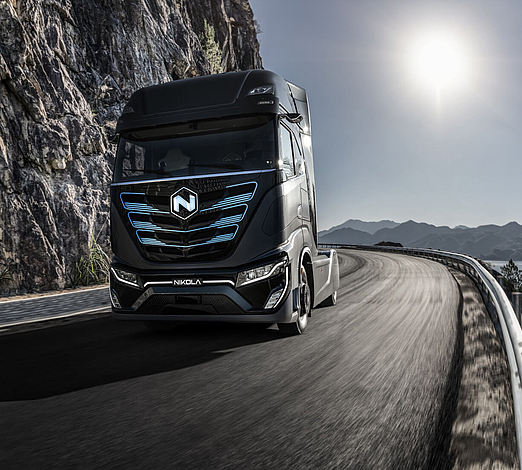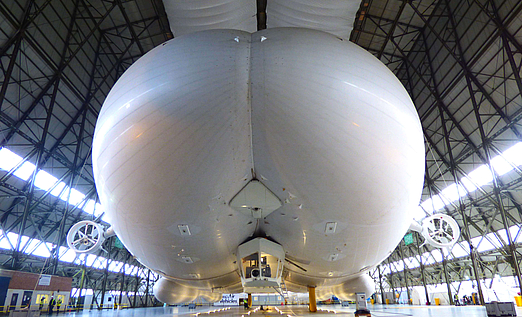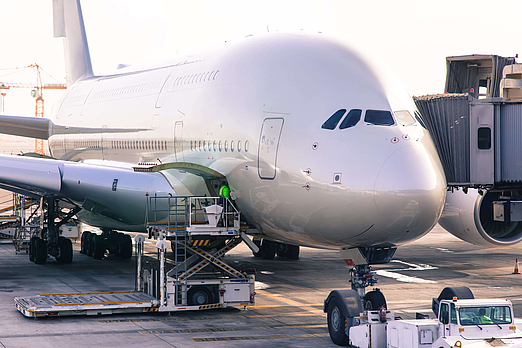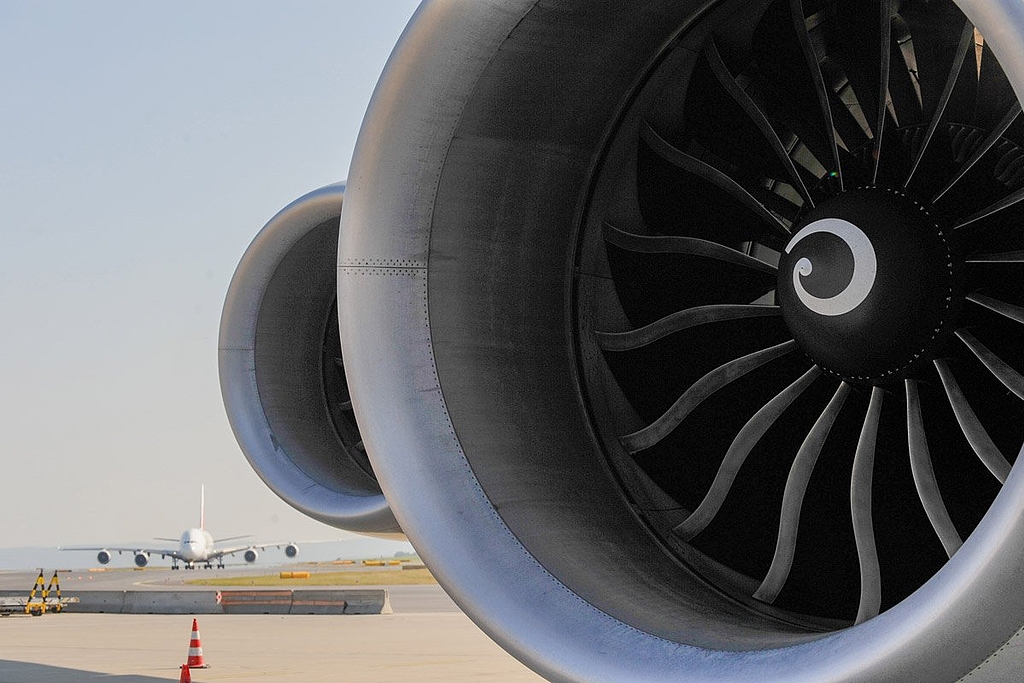How hydrogen-powered aircraft could change aviation
Climate-neutral up above the clouds
Every year, international air traffic emits 900 million tons of carbon dioxide. Assuming an industry growth rate of 3-4 percent p.a., this amount would more than double by 2050. Obviously, something urgently needs to be done to help the planet. Hydrogen technologies seem to be the most effective alternative at the moment. Let’s take a closer look at the current status quo of this type of drive and what might lie ahead.
